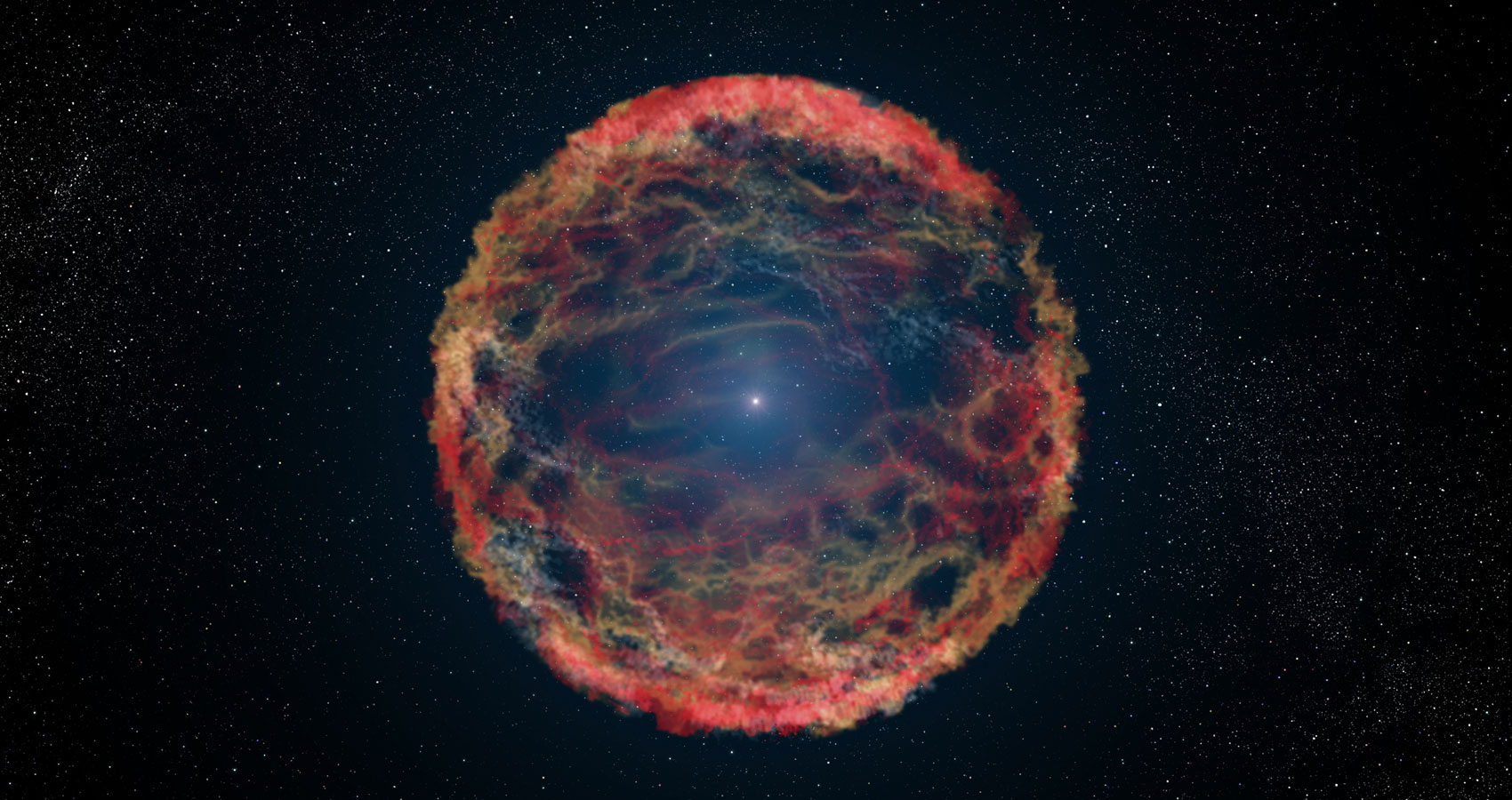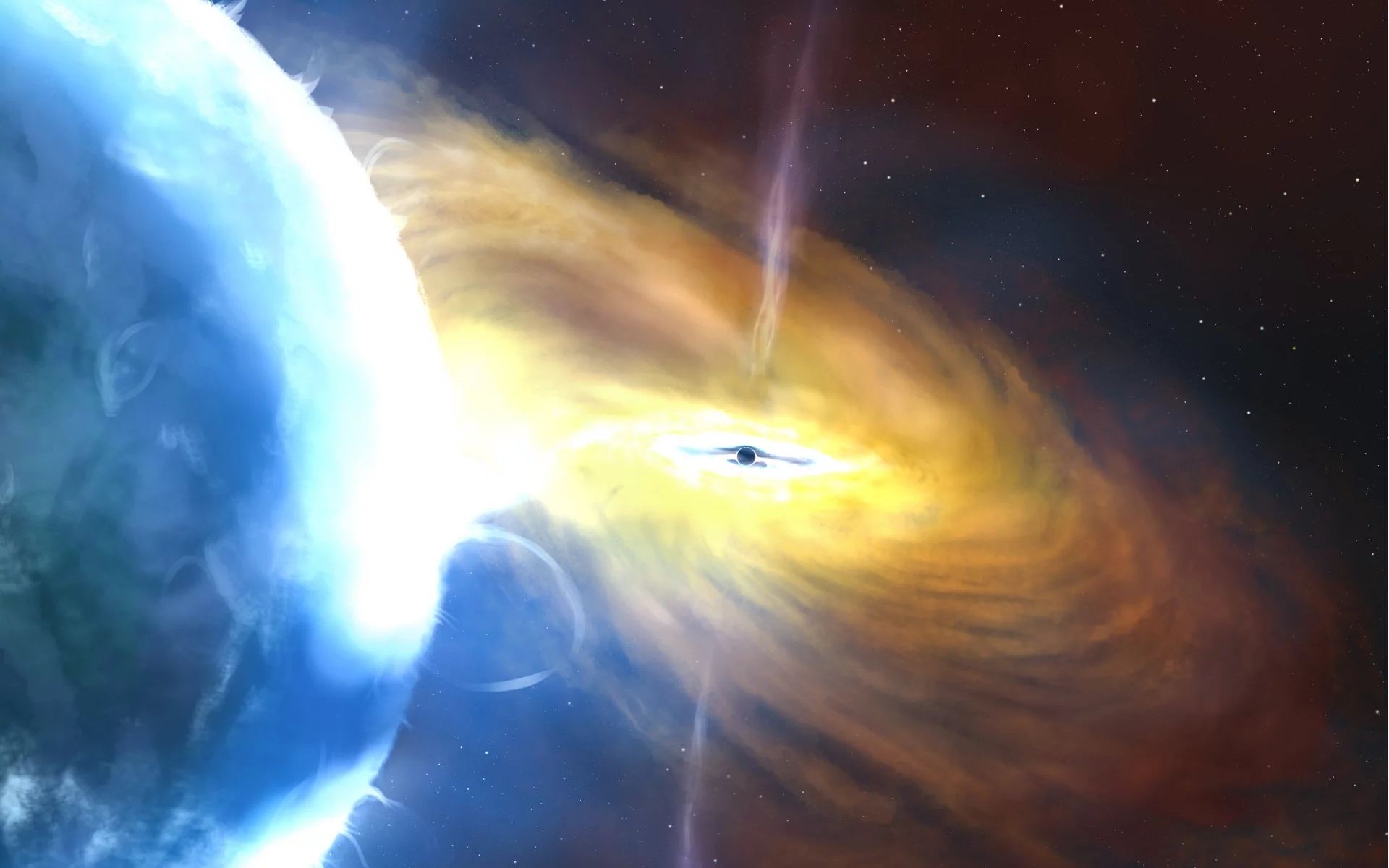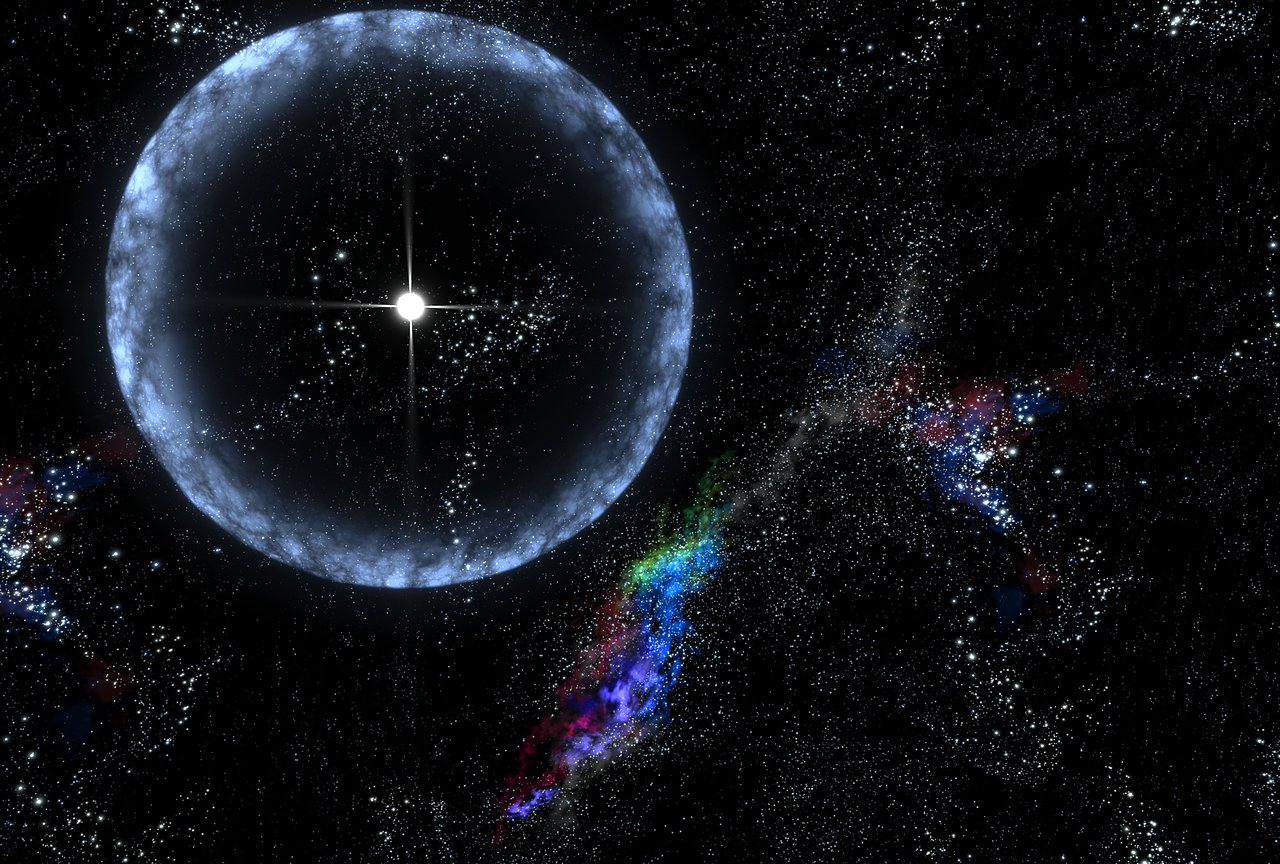We have been spoiled over recent years with first the Hubble Space Telescope (HST) and then the James Webb Space Telescope (JWST.) Both have opened our eyes on the Universe and made amazing discoveries. One subject that has received attention from both is the derivation of the Hubble Constant – a constant relating the velocity of remote galaxies and their distances. A recent paper announces that JWST has just validated the results of previous studies by the Hubble Space Telescope to accurately measure its value.
Continue reading “James Webb Confirms Hubble’s Calculation of Hubble’s Constant”Did this Supernova Explode Twice?

All supernovae are exploding stars. But the nature of a supernova explosion varies quite a bit. One type, named Type 1a supernovae, involves a binary star where one of the pair is a white dwarf. And while supernovae of all types usually involve a single explosion, astronomers have found something that breaks that mould: A Type 1a supernova that may have detonated twice.
Continue reading “Did this Supernova Explode Twice?”We Might Soon Detect the Gravitational Waves from Dying Stars
Researchers have discovered an exciting new source of gravitational waves. They are the remnants left over from a supernova explosion, and they may just reveal the secrets to how those explosions work.
Continue reading “We Might Soon Detect the Gravitational Waves from Dying Stars”Gemini North Returns to Service Just in Time to See a New Supernova
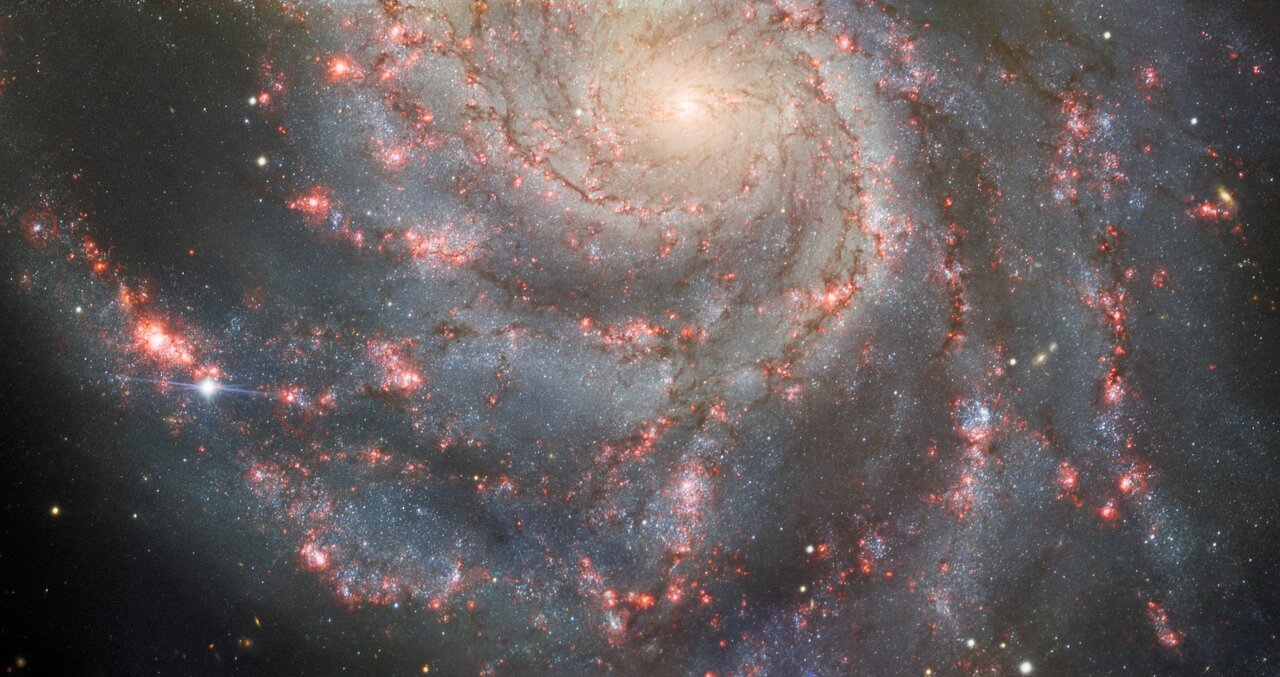
The 8-meter Gemini North telescope has been brought back online after seven months of repairs and refurbishment of its primary mirror. The timing couldn’t have been better, as the telescope was able to capture the brand-new supernova in the famous Pinwheel Galaxy. The bright supernova was first discovered on May 19th, and telescopes worldwide have been revealing its secrets.
Continue reading “Gemini North Returns to Service Just in Time to See a New Supernova”There's a New Supernova in a Familiar Galaxy. You Can See it in a Small Telescope
The Pinwheel Galaxy, also known as M101, is a spiral galaxy just 21 million light years away. It’s a popular galaxy for photographs because it’s oriented to us face-on. This means you can see the bright whorled spirals and dark cloud regions, even in amateur photographs. Since it’s relatively close and bright, you can get a good view of it, even with a small telescope. It also happens to have a supernova at the moment.
Continue reading “There's a New Supernova in a Familiar Galaxy. You Can See it in a Small Telescope”The Largest Explosion Ever Seen in the Universe
Throughout recorded history, humans have looked up at the night sky and witnessed the major astronomical events known as a “supernova.” The name, still used by astronomers, referred to the belief that these bursts of light in the “firmament” signaled the birth of a “new star.” With the birth of telescopes and modern astronomy, we have since learned that supernovae are what occur at the end of a star’s lifecycle. At this point, when a star has exhausted its hydrogen and helium fuel, it experiences gravitational collapse at its center.
This leads to a tremendous explosion that can be seen billions of light-years distant, releasing tremendous amounts of energy and blowing the star’s outer layers off. Thanks to an international team of astronomers led by the University of Southhampton, the most powerful cosmic explosion has been confirmed! The stellar explosion, AT2021lwx, took place about 8 billion light-years away in the constellation Vulpecula and was over ten times brighter than any supernova ever observed and 100 times brighter than all the stars in the Milky Way combined!
Continue reading “The Largest Explosion Ever Seen in the Universe”A Stellar Explosion Mimicked the End of the Death Star
In 1997, George Lucas released the special edition remaster of his Star Wars trilogy, making changes to the special effects that both delighted and divided fans worldwide (did Han shoot first?). Among the myriad additions was a visually spectacular ring-shaped shockwave emanating from the exploding Death Star, and Alderaan too. Star Trek fans will delightedly point out that this particular special effect had previously been used in the 1991 film Star Trek VI: The Undiscovered Country, in which the Klingon moon Praxis explodes, giving the effect its name: the Praxis ring. Hollywood lore suggests Lucas was so impressed with the effect in that film that he added it to Star Wars too.
Praxis rings look cool on the silver screen, but we all know explosions in space are supposed to be spherical. With no preference for up, down, left, or right, the material blown off an exploding star should push outward in all directions.
Except when it doesn’t. A paper published at the end of March described the flattest explosion ever observed, with a disc of material ejecting out from the core along one plane, just like the Praxis effect.
Continue reading “A Stellar Explosion Mimicked the End of the Death Star”JWST Sees the Same Supernova Three Times in an Epic Gravitational Lens
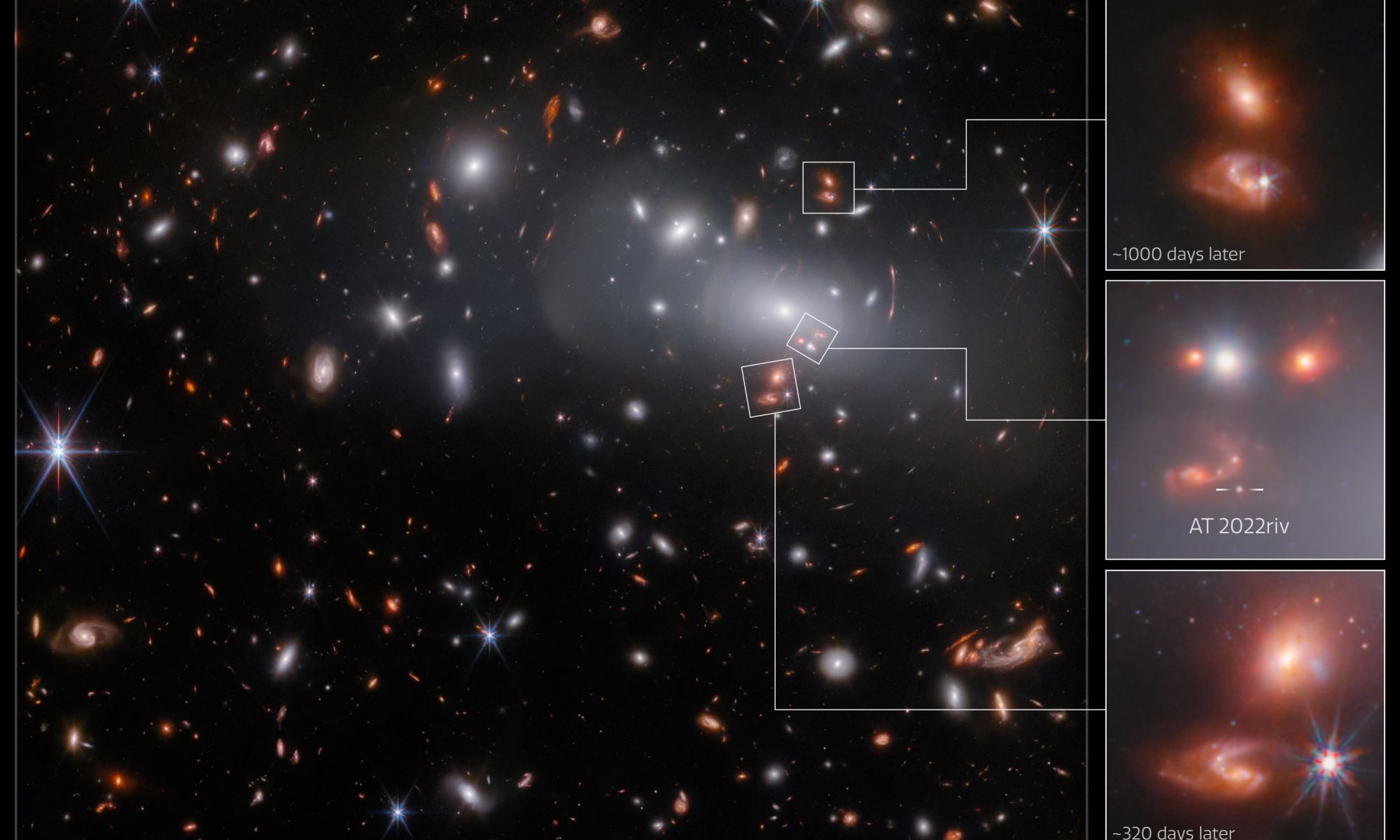
The NASA/European Space Agency (ESA)/Canadian Space Agency (CSA) James Webb Space Telescope (JWST) mission continues to dazzle and amaze with every image it beams back to Earth, and a recent observation depicting not one, not two, but three images of the same galaxy has been no different, as they proudly tweeted on February 28, 2023.
Continue reading “JWST Sees the Same Supernova Three Times in an Epic Gravitational Lens”By Looking Back Through Hubble Data, Astronomers Have Identified six Massive Stars Before They Exploded as Core-Collapse Supernovae
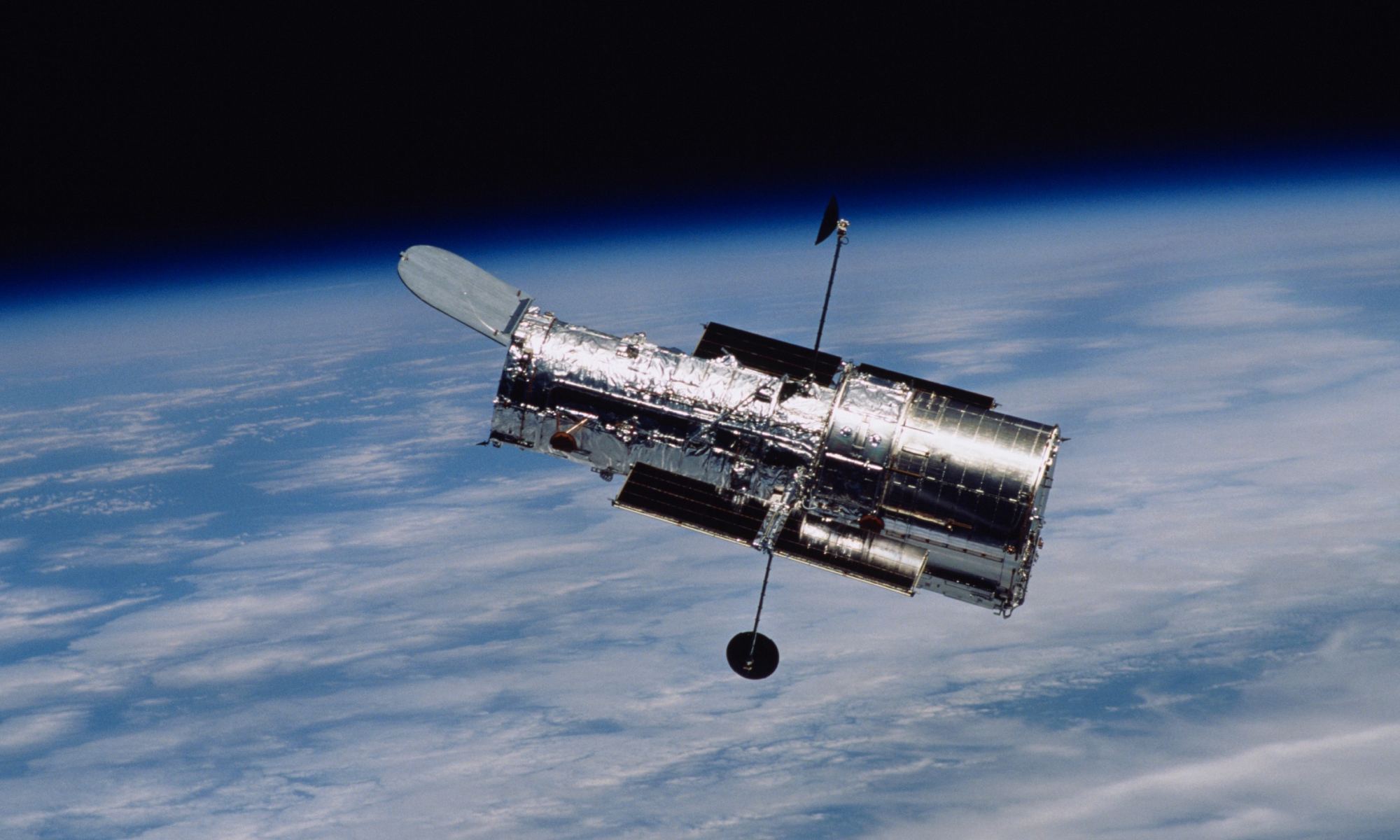
The venerable Hubble Space Telescope has given us so much during the history of its service (32 years, 7 months, 6 days, and counting!) Even after all these years, the versatile and sophisticated observatory is still pulling its weight alongside more recent addition, like the James Webb Space Telescope (JWST) and other members of NASA’s Great Observatories family. In addition to how it is still conducting observation campaigns, astronomers and astrophysicists are combing through the volumes of data Hubble accumulated over the years to find even more hidden gems.
A team led by Caltech’s recently made some very interesting finds in the Hubble archives, where they observed the sites of six supernovae to learn more about their progenitor stars. Their observations were part of the Hubble Space Telescope Snapshot program, where astronomers use HST images to chart the life cycle and evolution of stars, galaxies, and other celestial objects. From this, they were able to place constraints on the size, mass, and other key characteristics of the progenitor stars and what they experienced before experiencing core collapse.
Continue reading “By Looking Back Through Hubble Data, Astronomers Have Identified six Massive Stars Before They Exploded as Core-Collapse Supernovae”Hubble saw Multiple Light Echoes Reflecting off Rings of Dust From a Supernova Explosion
When stars reach the end of their life cycle, they experience gravitational collapse at their centers and explode in a fiery burst (a supernova). This causes them to shed their outer layers and sends an intense burst of light and high-energy short-wavelength radiation (like X-rays and gamma-rays) out in all directions. This process also creates cosmic rays, which consist of protons and atomic nuclei that are accelerated to close to the speed of light. And on rare occasions, supernovae can also create “light echoes,” rings of light that spread out from the site of the original explosion.
These echoes will appear months to years after the supernova occurs as light from the explosion interacts with the layers of dust in the vicinity. Using the Hubble Space Telescope (HST), an international team of astronomers was able to document the emergence and evolution of multiple light echoes (LEs). The team traced these echoes to a stripped-envelope supernova (SN 2016adj) located in the central dust lane of Centaurus A, a galaxy located 10 to 16 million light-years away in the constellation of Centaurus.
Continue reading “Hubble saw Multiple Light Echoes Reflecting off Rings of Dust From a Supernova Explosion”

